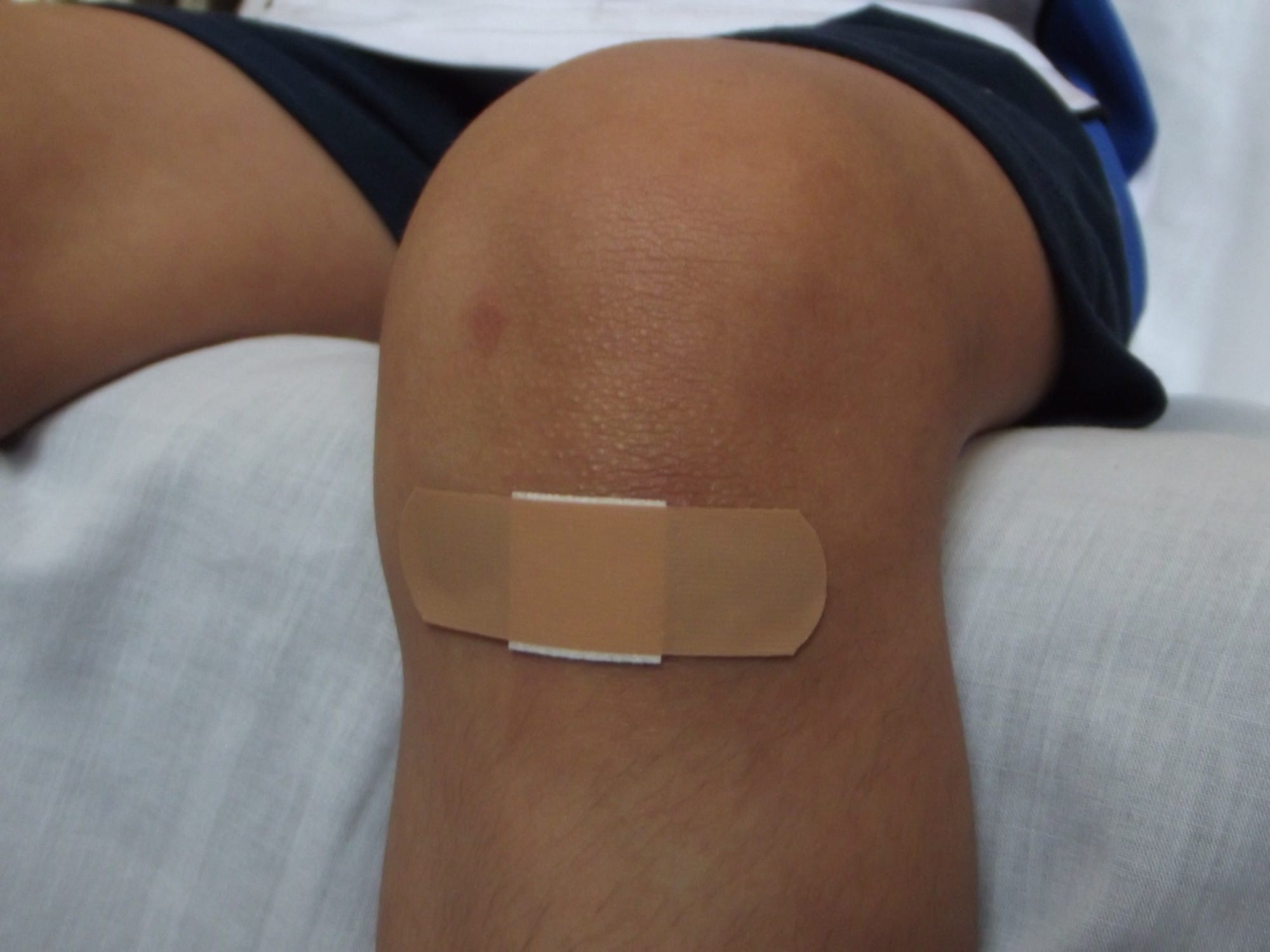It doesn’t matter how severe your wound is; without proper wound care, you could end up with infections, fevers, or worse. Nearly everyone experiences open wounds at some point, and most are harmless enough to be treated at home.
But how should you approach open wound care or burn wound care, and how do you know when you may require advanced wound care? If you want to prepare yourself for unexpected injuries, this article is a must-read!
Five Steps for Wound Care at Home
Proper wound care is crucial to quick recovery at home or in a health facility. Any wound care specialist would agree that these are the most critical practices to help you and your loved ones heal safely.
Step One: Wash Your Hands
Always wash your hands with soap and water to reduce the risk of infection before you help someone. If you don’t have access to clean water, you can use hand sanitizer in a pinch.
Step Two: Apply Pressure
When applying pressure, use a clean cloth to press on the wound to slow bleeding. For more severe injuries, elevate the area if possible. If blood oozes through the cloth, apply a second layer, and continue applying pressure.
It’s essential to seek medical attention immediately if the wound is:
- On a child less than a year old
- Severely bleeding, or won’t stop with gentle pressure
- From a dirty object or projectile
- From an animal or human bite
- On the face or genital region
If you are treating a burn, it’s best to clean the area but avoid applying pressure.
Step Three: Rinse and Clean the Area
If you’re treating a burn, rinse the area under cool water or apply a cool cloth on the area for fifteen seconds. If large blisters form, see your doctor. Always consult emergency care for severe burns.
If you don’t have hydrogen peroxide or iodine you can follow the following three steps to clean the area:
- Rinse the area with clean water to remove as much dirt and debris as possible.
- Use a clean cloth and mild soap to clean the wound, but try not to get soap directly into the wound as it could be painful and could increase irritation in the area.
- Use sanitized tweezers to remove excess dirt and debris, but consult professional care if required.
Step Four: Apply Antibiotic Ointment or Cream
Applying a layer of antibiotic ointment will increase your body’s natural healing processes, reduce the risk of infection, and may reduce scarring. It’s important to note any allergens before applying and to stop use and seek medical help if a rash appears.
Step Five: Bandage the Wound
Any clean, sterile, non-stick dressing from your local drugstore will help keep germs out of the wound. Areas like hands and feet are more likely to come into contact with dirt, and germs should be covered and changed often. If the injury is severe or worrisome, seek emergency care from a wound care nurse immediately.
Post Wound Care Maintenance
Call your doctor or seek emergency care if you notice increased swelling or redness, immense pain, warm skin around the wound, unpleasant odors, unusual drainage, fever, or chills. These could be signs of infection and should be treated by wound care professionals.
For more information about wound care at home or to seek emergency help, contact us to learn more. When it matters most, your Coastal Urgent Care team in Houma is here to help you get back to what you love most.

